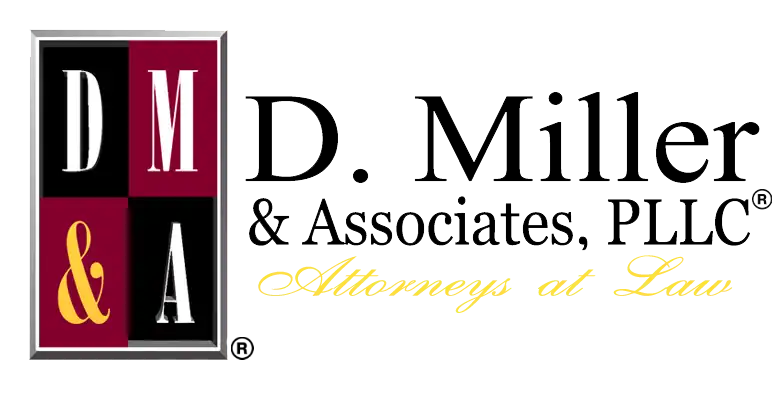Fault is determined in a truck accident using evidence. Then, that information will be applied to these four questions:
- Did another party have an obligation to drive safely?
- Did that party violate that obligation?
- Did you suffer harm because of the other party’s actions?
- Do you have financial, physical, and emotional losses?
If you can answer “yes” to all of these questions, you could hold another party financially accountable.
Proving Fault in a Truck Accident Comes with Many Facets
Here is what you need to know about proving fault in a truck accident:
Fault and Liability Are Not the Same Thing
Some people use the terms “fault” and “liability” interchangeably. However, they are not the same thing. Instead:
- Being “at fault” refers to the party that caused your accident, such as a truck driver.
- Being “liable” refers to the party that pays for your losses and may include the trucking company’s insurance provider.
Both things go hand in hand. Once your lawyer determines fault, they can determine liability.
Negligence Causes Many Truck Accidents
The U.S. General Services Administration notes that many collisions are caused by human error, which takes these forms:
- Distracted driving
- Intoxication
- Drowsy driving
- Reckless driving
- Weaving in and out of lanes
- Merging without signaling
- Road rage
- Speeding
Other factors that lead to collisions include poor roadway conditions, inclement weather, and vehicular malfunction.
Evidence Proves Fault
The more evidence you have, the stronger your truck accident case is. Supporting evidence can include:
- The police report. This document will contain key facts about your case, including the accident’s time, date, and potential cause. All police officers must investigate serious collisions, per Texas law.
- Black box data. Many commercial trucks come with “black boxes.” These devices measure the speed and force of impact before, during, and after an accident.
- Your medical records. Your lawyers must prove you suffered injuries in the collision to recover damages. Your medical records will show your diagnosis, treatment, and pre-existing health conditions.
- Camera recordings. A dashcam, security camera, or traffic camera may have captured your accident. This can prove who (or what) caused your collision.
- Your damages’ documentation. You want to recover a fair settlement for your losses. By using your damages’ receipts, billing statements, and invoices, you can assert your case’s value.
Texas Operates on a Proportionate Responsibility Law
Texas law sets some strict rules on who can recover damages. Mainly, if you caused most of the accident, you cannot seek recovery. This makes proving fault extremely important. If the other party successfully asserts that you caused most of the collision, you can lose the right to reimbursement.
Multiple Parties Can be Responsible for One Accident
Truck accidents can be complicated. That’s because more than one party can be responsible for an accident. Consider this scenario:
- You suffered harm in a collision after a trucker fell asleep at the wheel.
- They fell asleep because their employer imposed unreasonable delivery schedules—violating the Federal Motor Carrier Safety Administration (FMCSA)’s Hours of Service Regulations.
- Even though the trucker caused your accident, their employer could also be at fault under the principle of vicarious liability.
While this complicates matters, it leaves you with multiple options when pursuing damages.
These Parties Determine Fault
Even though the police officer may share their opinions about fault in the accident report, matters don’t stop here. In fact, multiple parties can give their “two cents” when alleging fault.
These parties may include:
- Your lawyer. As noted, using your case’s evidence, your lawyer can determine who should pay for your losses.
- The claims adjuster. The claims adjuster will try to prove fault––but chances are, they’ll blame you. That way, they don’t have to pay for your damages and can avoid liability.
- Accident reconstruction specialists. These professionals will use black box data, camera recordings, and other information to assert your collision’s cause. Your lawyer may work with an accident reconstruction specialist on your case.
You Have a Limited Time to Pursue Your Damages Through a Lawsuit
You don’t have unlimited time to pursue financial recovery after a truck accident. You generally have two years from your collision’s date to file a lawsuit, per Texas law.
This doesn’t mean you have two years to prove fault. However, it means you have two years to submit your lawsuit’s paperwork. By missing this deadline, you lose the right to seek damages.
You don’t Have to Prove Fault on Your Own
The aftermath of your truck accident should be a time of rest and recuperation––not of stress. During this challenging time, you can partner with a lawyer from our firm. We will do everything your case needs, including proving fault.
With a lawyer’s help, we can:
- Investigate your collision
- Interview witnesses and field consultants
- Assess your losses
- File your claim and/or lawsuit
- Negotiate a settlement
- Represent your interests in court
Begin Your Free Case Evaluation with D. Miller & Associates, PLLC™
Fault is determined in a truck accident using evidence, including the police report and traffic camera footage. An injury lawyer from our firm can assess your situation and pursue damages from the liable party.

